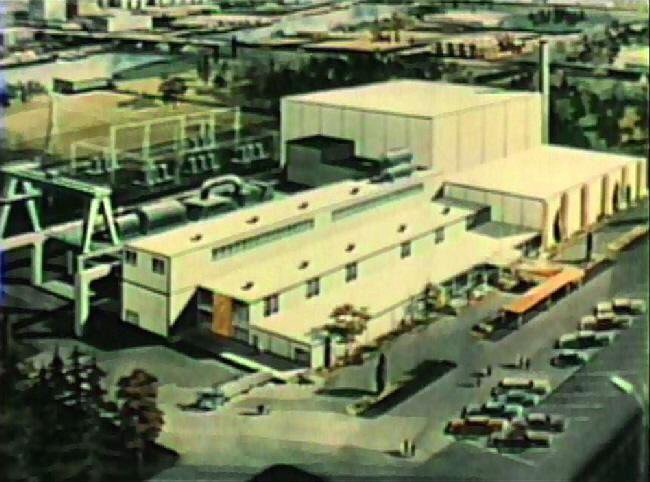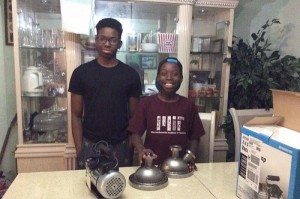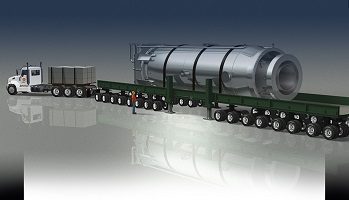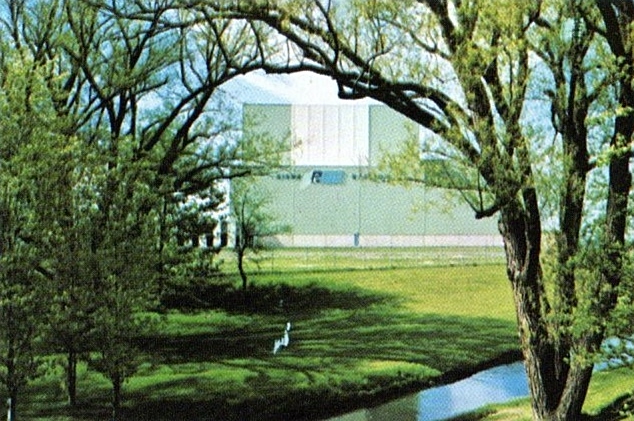Fort St. Vrain in Pictures: 2
The Fort St. Vrain project was innovative in more than one respect, and while it did not blaze the trail in HTGR (High Temperature Gas-cooled Reactor) commercialization - a feat accomplished by the Peach Bottom Atomic Power Station - it did considerably advance the technology toward full commercial operation and duplication on a wide scale through some significant design changes. One of the most interesting of these was the use of a prestressed concrete reactor vessel (PCRV) for the reactor itself and primary components instead of a steel vessel.







 There was a time when the mPower SMR (Small Modular Reactor) was the perceived industry leader. The consortium behind it
There was a time when the mPower SMR (Small Modular Reactor) was the perceived industry leader. The consortium behind it 